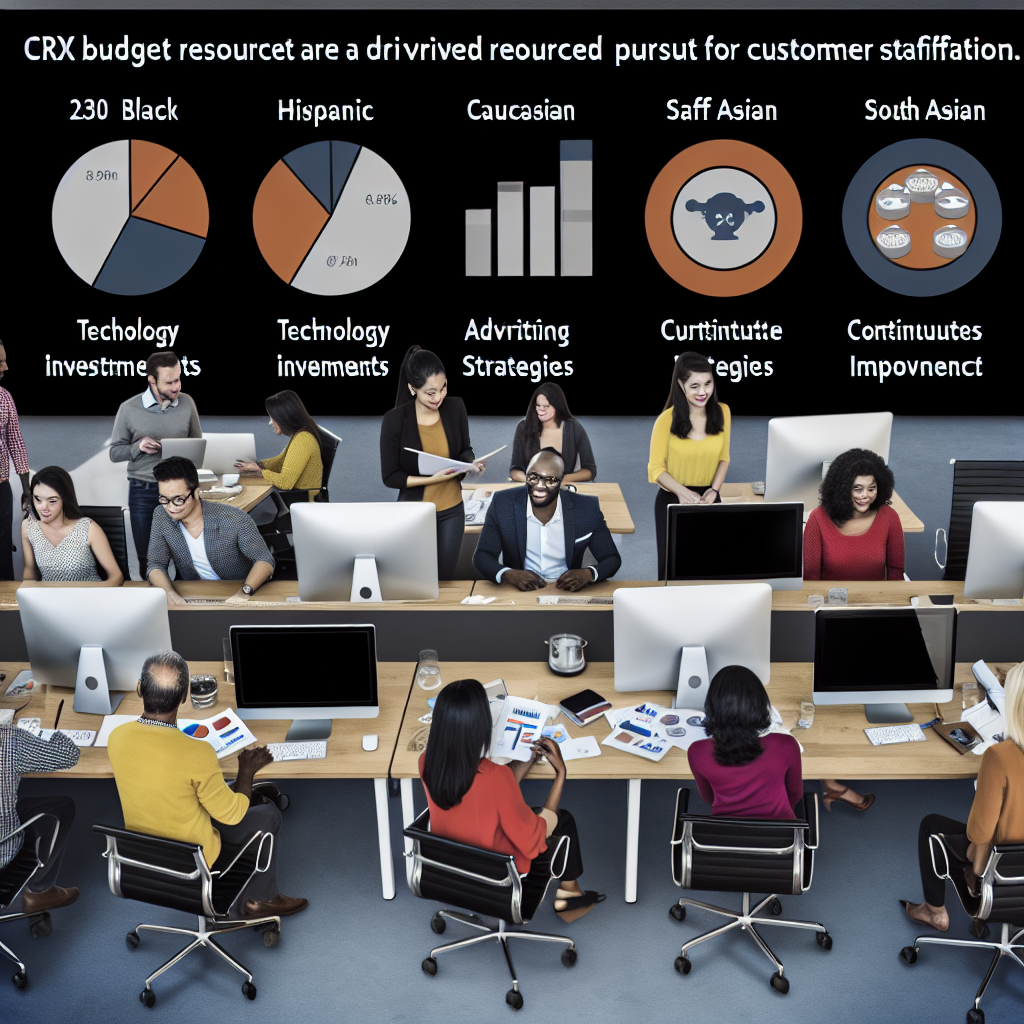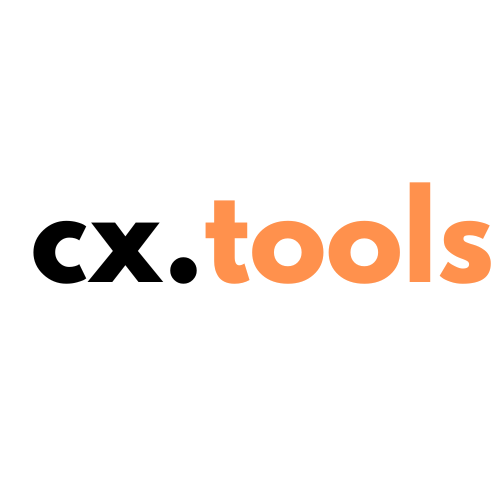Optimizing CX Budgeting and Allocating Resources for Maximum Impact
Understanding how to allocate budgets for Customer Experience (CX) efforts can make a significant impact on overall business success. Ensuring that resources are directed efficiently and effectively is key to optimizing CX initiatives.
Understanding Customer Experience Budgeting
Customer Experience (CX) budgeting refers to the process of planning and allocating financial resources specifically aimed at improving the interaction between a business and its customers. With the growing importance of customer satisfaction in today’s market, companies are increasingly dedicated to enhancing their CX strategies. A well-allocated budget ensures that all touchpoints, from initial contact to post-service support, are optimized to deliver the best customer experience possible.
Key Components of CX Budgeting
- Technology Investments: Investing in the latest CX technology platforms for CRM, customer feedback management, and analytics tools provide valuable insights that help pinpoint areas needing improvement.
- Staff Training and Development: Ensuring employees are well-trained in customer service best practices plays a crucial role in delivering a consistent and positive customer experience.
- Marketing and Communication: Effective communication and marketing efforts help in keeping customers informed and engaged. Allocating budget to these areas ensures a continual positive experience across all channels.
- Customer Feedback Management: Implementing systems to capture and analyze customer feedback is essential in understanding their needs and improving services.
- Continuous Improvement Programs: Allocating funds for ongoing improvement initiatives ensures that CX programs remain dynamic and responsive to customer needs.
Steps to Optimize CX Budget
Optimizing the CX budget involves a series of strategic steps to ensure maximum impact:
- Identify Priorities: Begin by identifying the most critical areas that impact CX. Understand which touchpoints create the most value for customers and prioritize them in your budget.
- Allocate Based on Data: Use data-driven insights to inform budget decisions. Analyzing customer journey maps and feedback can highlight where investment is needed.
- Create a Flexible Budget: A flexible budget allows for adjustments based on real-time customer feedback and changing market conditions. This ensures resources can be reallocated to address pressing issues swiftly.
- Performance Tracking: Implement KPIs and regular performance tracking to measure the effectiveness of CX initiatives. Adjust the budget allocation based on the performance results to optimize impact.
Resource Allocation Strategies
Resource allocation in CX refers to distributing available resources such as time, money, and personnel to areas that have the highest potential to enhance the customer experience. Effective resource allocation ensures that every touchpoint is covered, and no aspect of the customer journey is neglected.
The following strategies can enhance resource allocation:
- Cross-Functional Collaboration: Encourage collaboration among different departments to ensure a cohesive approach. This helps in pooling resources and expertise to enhance CX.
- Outsource When Necessary: When internal resources are limited, consider outsourcing certain CX functions, such as customer service or surveys, to specialized service providers.
- Automation: Utilize automation tools to manage repetitive tasks such as data entry and customer follow-ups. This frees up resources to focus on more critical areas needing human intervention.
- Regular Training and Refreshers: Regular training for employees ensures they are up-to-date with the latest CX strategies and tools, contributing to a better overall experience.
Maximizing Impact
Maximizing the impact of your CX budget and resources involves setting clear objectives, continuously analyzing the performance, and being adaptable. Consider the following approaches:
- Set Clear Objectives: Define clear and measurable CX goals, such as improving customer satisfaction scores or reducing churn rates, to guide your budget allocation.
- Regular Feedback Loops: Ensure there are regular feedback loops from customers and front-line employees who interact with customers daily. Their insights are invaluable for making informed decisions.
FAQs
How do you determine the ROI of CX investments?
To determine the ROI of CX investments, measure metrics such as customer satisfaction, Net Promoter Score (NPS), customer retention rates, and overall revenue growth. Analyzing these metrics before and after investing in CX initiatives can provide a clear picture of financial return.
What’s the most common mistake in CX budgeting?
The most common mistake in CX budgeting is underinvesting in customer feedback mechanisms. Without regular feedback, it’s challenging to identify areas needing improvement, resulting in ineffective CX strategies and wasted resources.

